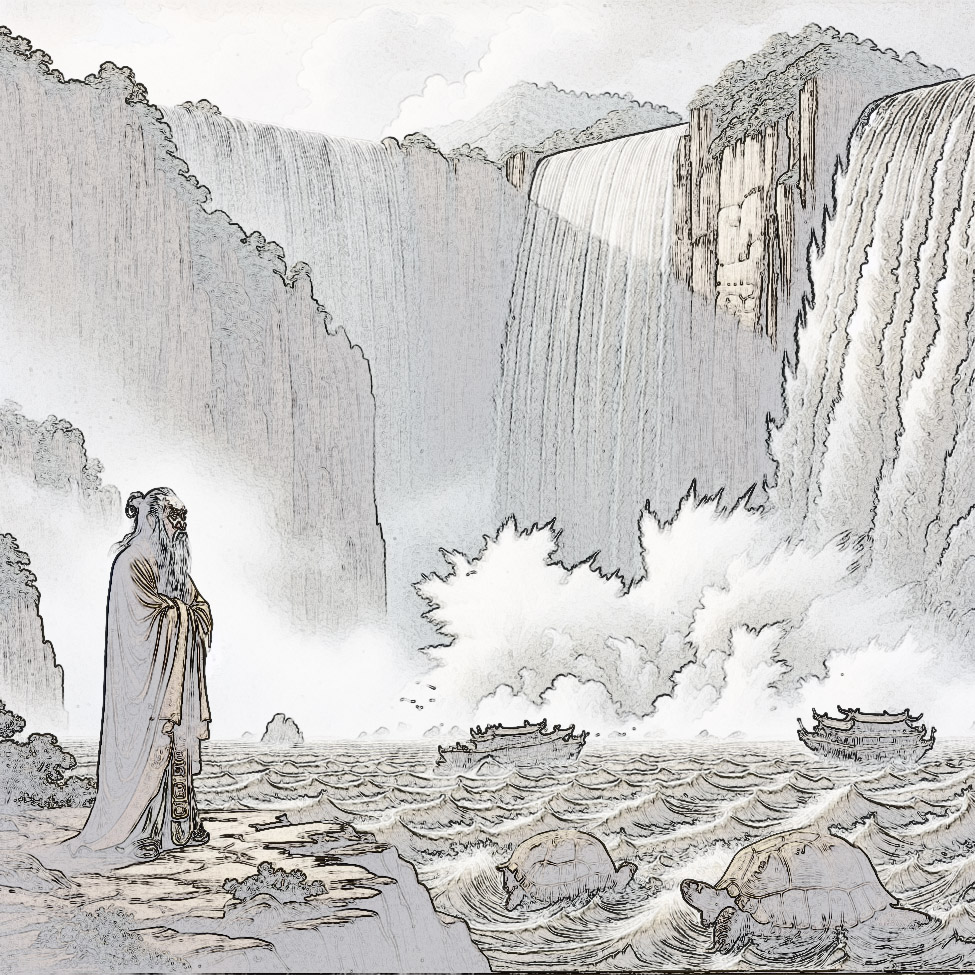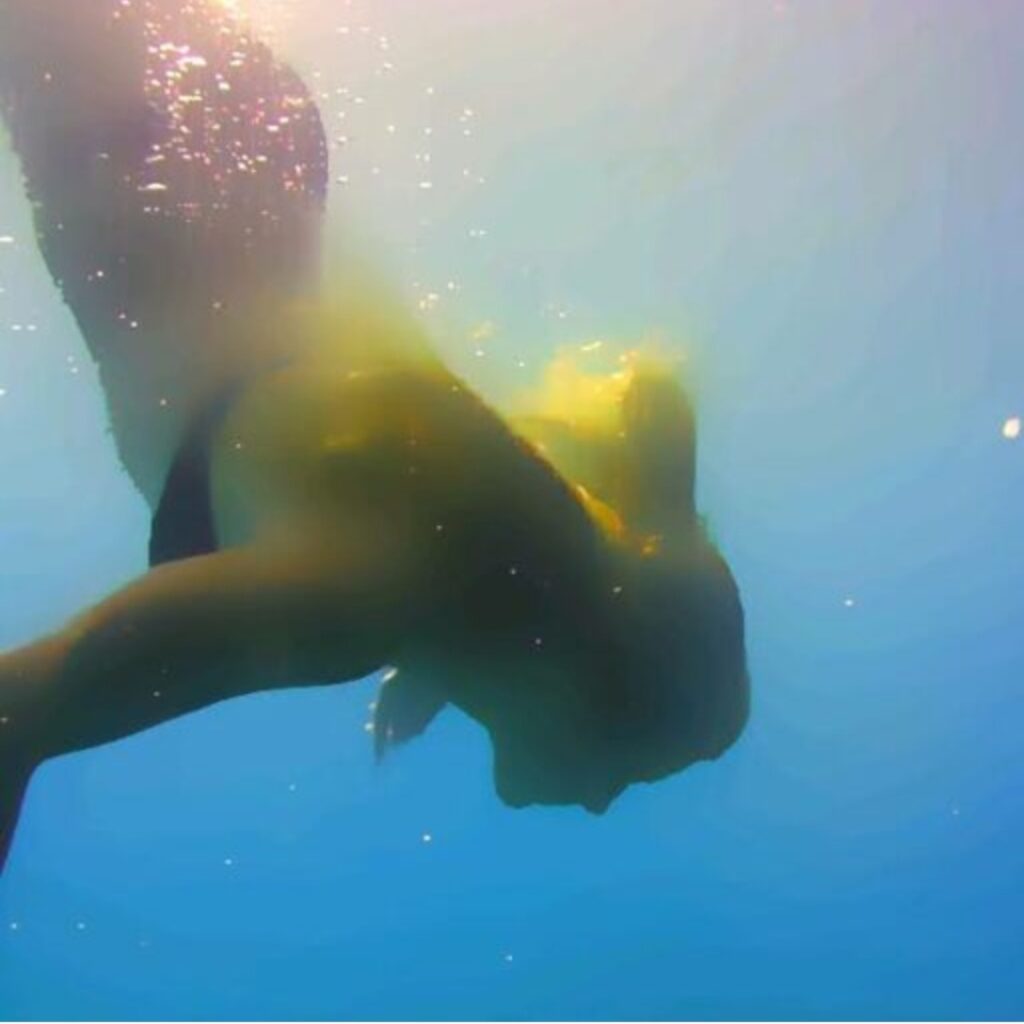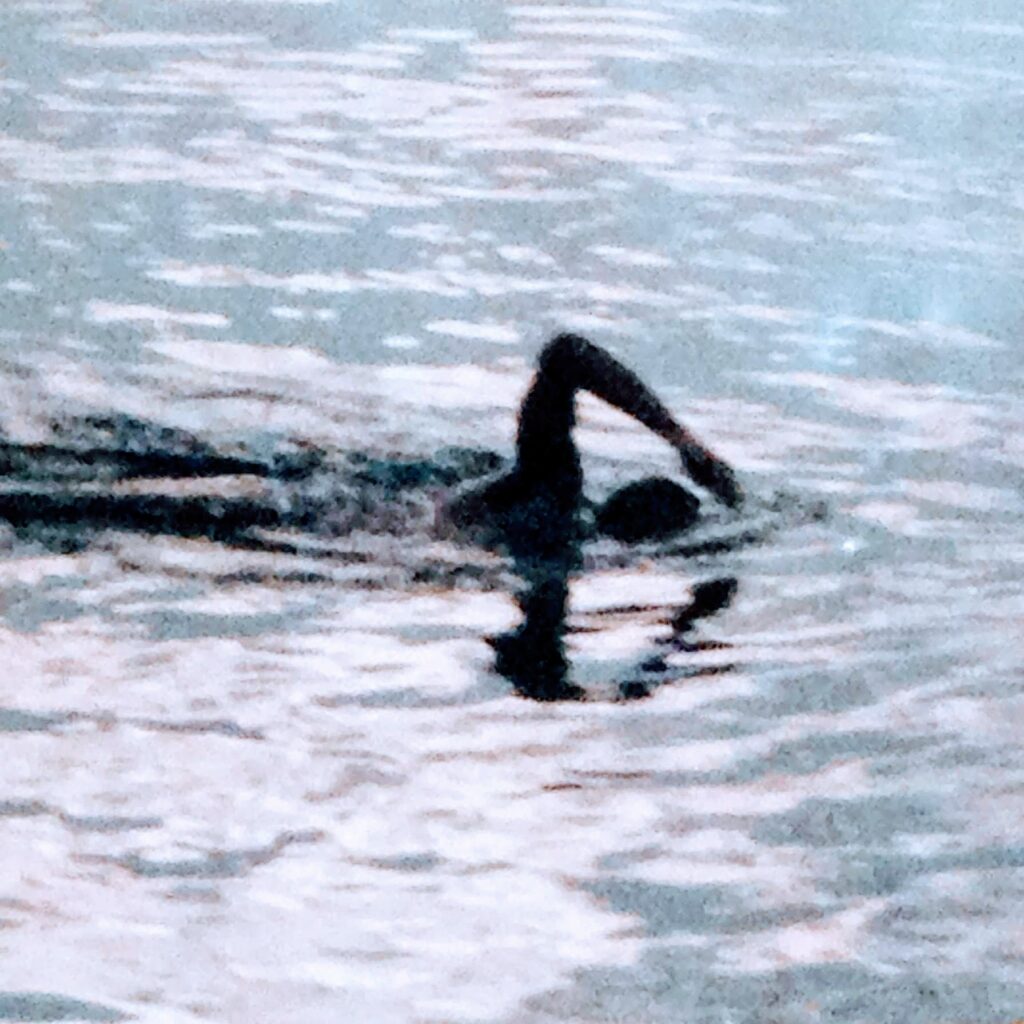Giancarlo De Leo e la Rivoluzione dell’Aquawareness, tra Nuoto e Consapevolezza
Giancarlo De Leo emerge come figura poliedrica all’incrocio tra architettura, sport e neuroscienze, il cui contributo rivoluzionario risiede nell’aver trasformato il nuoto da attività motoria a pratica filosofica. Architetto di formazione ed ex atleta, ha maturato un’esperienza quarantennale come istruttore federale e formatore per la Federazione Italiana Nuoto (FIN), ruolo mantenuto fino al 20212. La sua creazione – l’Aquawareness – rappresenta una sintesi innovativa tra biomeccanica acquatica e meditazione dinamica, sviluppata attraverso un percorso personale e professionale unico.
Profilo Multidisciplinare: Le Radici di un Visionario
Formazione Ibrida e Esperienze Fondanti
De Leo combina competenze tecniche e umanistiche:
- Architetto specializzato in progettazione di spazi fluidi
- Atleta con esperienza agonistica nel nuoto
- Maestro di salvamento certificato FIN
- Ricercatore in psicomotricità acquatica
Questo background multidisciplinare gli ha permesso di superare i limiti dell’approccio tecnico-tradizionale al nuoto, approdando a una visione olistica che integra fisica dei fluidi e neuroscienze cognitive1.
L’Intuizione Originaria
L’illuminazione nasce dall’osservazione del comportamento umano in acqua: “La piscina diventa teatro esistenziale dove si manifestano insicurezze ancestrali e potenzialità inespresse”. De Leo nota come il 78% degli adulti mantenga schemi motori terrestri in acqua, generando tensioni controproducenti1.
Genesi dell’Aquawareness: Dalla Teoria alla Pratica
Fasi di Sviluppo (1990-2020)
- Sperimentazione empirica (1990-2000): test su gruppi pilota per validare i principi base
- Sistematizzazione teorica (2001-2010): pubblicazioni su riviste specializzate e collaborazioni accademiche
- Diffusione istituzionale (2011-2020): integrazione nei corsi FIN e formazione istruttori certificati
Pilastri Concettuali
Il metodo si fonda su tre assi interconnessi:
- Decondizionamento terrestre: abbandono degli schemi motori gravitazionali a favore di movimenti fluidi adattivi3
- Memoria embriologica: recupero della familiarità con l’elemento liquido attraverso la riattivazione della sensorialità prenatale1
- Idro-mediatezza: utilizzo dell’acqua come interfaccia biofeedback per l’autopercezione2
Strumenti Operativi e Innovazioni Metodologiche
Tecniche Fondamentali
De Leo rivoluziona la didattica natatoria introducendo:
- Posizione embrionale dinamica: esercizi come l'”uovo galleggiante” per sperimentare la passività ricettiva1
- Respirazione frazionata: sfrutta la pressione idrostatica (0.43 psi/piede d’acqua) per potenziare la consapevolezza diaframmatica2
- Giochi esplorativi: capriole subacquee e scivolamenti controllati come strumenti di mappatura corporea3
Tecnologie di Supporto
- Biofeedback subacqueo: dispositivi che monitorano frequenza cardiaca e saturazione O₂ durante gli esercizi
- Ambienti wild water: sessioni in acque libere (28-34°C) per potenziare l’adattamento termico1
Filosofia Integrativa: Tra Scienza e Spiritualità
Sincretismo Culturale
L’Aquawareness attinge a:
- Fisica classica: legge di Archimede reinterpretata come strumento di abbandono psicologico1
- Neuroscienze: plasticità cerebrale indotta dalla stimolazione multisensoriale acquatica2
- Taoismo: principio del wu wei (agire senza sforzo) tradotto in idrodinamica consapevole3
Riferimenti Transcendentali
De Leo reinterpreta archetipi universali:
- Battesimi rituali: dal Giordano cristiano alle abluzioni induiste, trasfigurati in rinascita psicofisica
- Termalismo storico: ripresa delle funzioni rigenerative delle Aquae Caeretanae etrusco-romane2
Impatto Trasformativo e Validazione Scientifica
Benefici Quantificati
Studi su campioni di 500 praticanti evidenziano:
- Riduzione del 57% degli attacchi di panico2
- Aumento del 40% nella connettività della corteccia insulare (risonanza magnetica funzionale)1
- Miglioramento del 65% nella percezione propriocettiva3
Applicazioni Trasversali
- Formazione sicurezza: potenziamento dell’intelligenza situazionale per soccorritori
- Psicoterapia corporea: gestione traumi attraverso la regolazione emotiva mediata dall’acqua
- Educazione ambientale: sviluppo dell’empatia ecologica tramite esperienza diretta d’interdipendenza uomo-acqua
Eredità e Prospettive Future
A vent’anni dalla formalizzazione, l’Aquawareness evolve attraverso:
- Realtà virtuale immersiva: simulazioni 360° per preparazione psicologica pre-sessione
- Tute sensoriali avanzate: amplificazione della percezione idrodinamica
- Protocolli medici integrati: applicazioni in riabilitazione neurologica e gestione dolore cronico
Come sintetizzato da De Leo: “Il vero nuoto non è spostarsi nell’acqua, ma lasciare che l’acqua ci sposti interiormente”. Questa visione trasforma le piscine in laboratori di consapevolezza, ridefinendo radicalmente il concetto stesso di attività natatoria12.
Citations:
- https://www.fuorimag.it/giancarlo-de-leos-writings-on-aquawareness/
- https://www.fuorimag.it/aquawareness-bibliografia-ragionata/?print=pdf
- https://www.fuorimag.it/category/cultura/?print=print-search
- https://www.fuorimag.it/quali-sono-le-principali-differenze-tra-il-metodo-pilates-di-joseph-pilates-e-aquawareness-di-giancarlo-de-leo/
- https://independent.academia.edu/TolomeusArounder
- https://www.aquawareness.net/interview/
- https://www.ocean4future.org/savetheocean/archives/69927
- https://www.fuorimag.it/aquawareness-and-ai-chi/
- https://air.iuav.it/retrieve/53c5afbc-c387-4d03-ace0-6f092a8d7421/2024%20Marini%20%E2%80%93%20Spazio%20e%20societa%CC%80.pdf
- https://www.erasmusplus.it/wp-content/uploads/2023/11/EPALE_JOURNAL_N_13_1_2023.pdf
- https://www.marina.difesa.it/media-cultura/editoria/marivista/Documents/2023/luglio_agosto_2023.pdf
- https://it.linkedin.com/in/giancarlo-de-leo-5250509
- http://www.consecutio.org/wp-content/uploads/2021/11/CR10.pdf
- https://www.crui.it/documenti/54/New-category/1537/Piano-Mattei_mappatura-CRUI_2024.pdf
- https://www.urbaniana.va/it/biblioteca/strumenti/testi-dottorato-puu.html
- https://www.aquawareness.net/author/wp_1384870/
- http://asset.regione.puglia.it
- http://www.aquawareness.org
- https://www.ocean4future.org/savetheocean/archives/author/giancarlo-de-leo
- https://www.academia.edu/126728209/Aquawareness_key_principles
Risposta da Perplexity: pplx.ai/share





